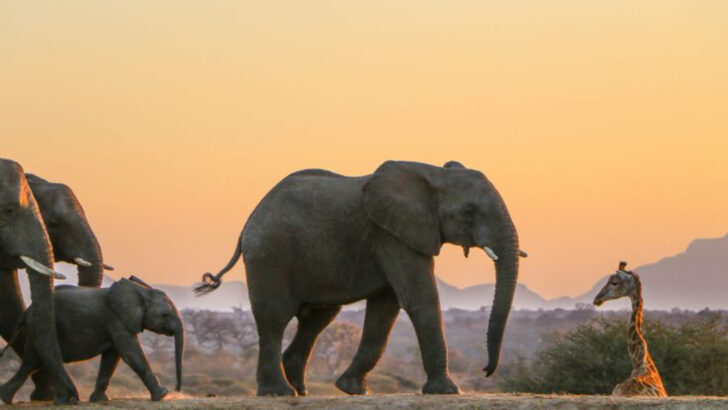When elephants vanish, ecosystems fall apart. These giants don’t just stomp through the wild—they shape it. They carve paths through forests, dig watering holes in dry land, and spread seeds across miles. Without them, entire habitats start to unravel. Grasslands overgrow. Trees stop growing in the right places. Other animals—big and small—lose their homes, their food, their way of life. And humans? We’re not immune either. From the air we breathe to the water we drink, elephants quietly support more than most people realize. These 8 powerful roles they play in the wild aren’t just impressive—they’re essential. Lose the elephants, and we don’t just lose a species. We lose balance.
Forest Architects
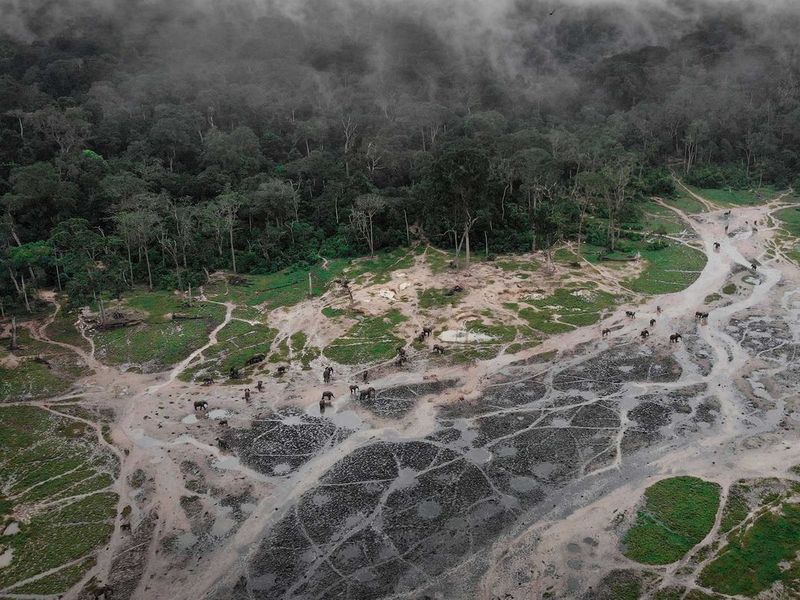
In the dense forests of Africa and Asia, elephants act as natural architects. By trampling small trees and shrubs, they create pathways that benefit other species. These trails allow sunlight to reach the forest floor, encouraging the growth of new plants. Elephants help in seed dispersal by consuming fruits and excreting seeds in new locations. This process enriches biodiversity, fostering a thriving ecosystem. Did you know? An elephant can disperse seeds over a distance of up to 65 kilometers. Their daily activities profoundly shape the forests, making them vibrant and diverse habitats.
Water Resource Managers
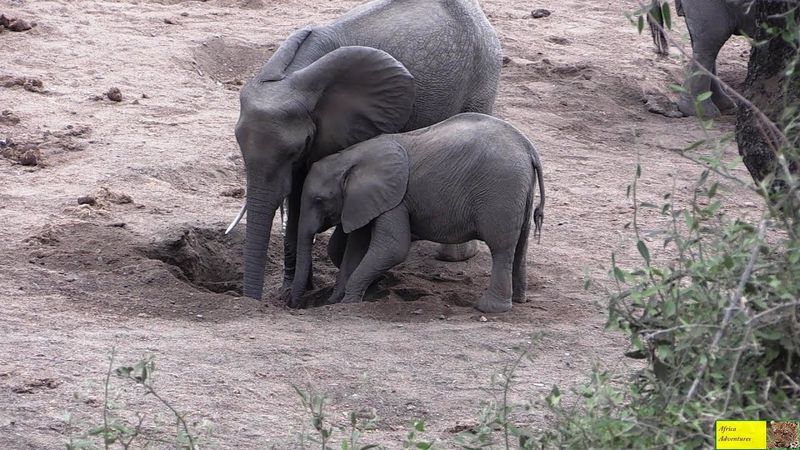
Elephants are vital in managing water resources, especially in arid regions. During dry spells, they dig into riverbeds to access water below the surface, providing a source for themselves and other animals. This behavior supports many species that rely on this hidden water. Consequently, elephants contribute to the survival of various wildlife during droughts. Interestingly, elephants can detect water sources from miles away using their keen sense of smell. This intuitive behavior underscores their importance as water resource managers in their ecosystems, ensuring life continues even in harsh conditions.
Savanna Gardeners
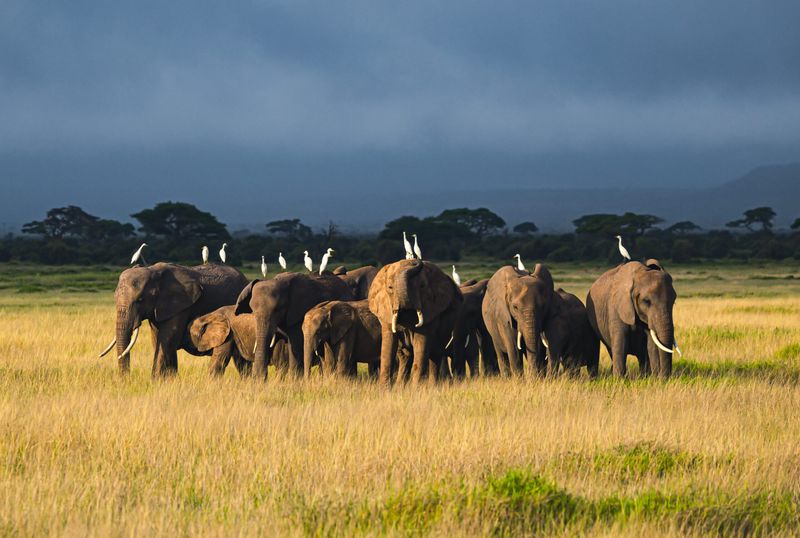
Elephants play a crucial role in the savannas, akin to gardeners tending their plots. By grazing on grasses and small trees, they maintain open spaces, allowing diverse plant species to flourish. This grazing prevents any single species from dominating, promoting a balanced ecosystem. Their feeding habits also help regulate the savanna’s vegetation dynamics. Surprisingly, elephants can consume up to 150 kilograms of plant material daily. By doing so, they ensure the savanna remains a mosaic of life, supporting a wide array of fauna and flora. Their presence is vital for this balance.
Biodiversity Boosters
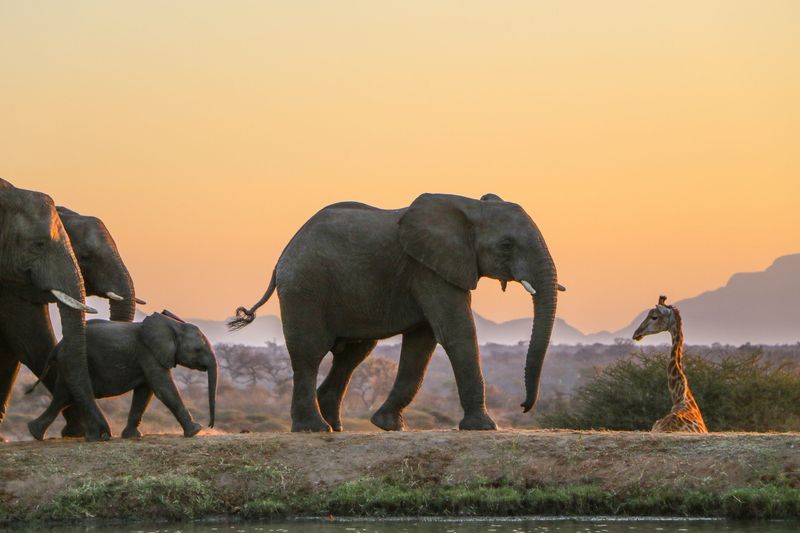
Elephants are biodiversity boosters, influencing the habitats they occupy. By modifying the landscape, they create niches for other species. For instance, their dung provides nutrients for insects and supports a myriad of plant life. This nutrient recycling sustains the food web, benefiting species like birds and mammals. Fun fact: An elephant’s dung can support germination for seeds that would otherwise struggle to grow. In this way, elephants act as catalysts for biodiversity, ensuring ecosystems remain rich and robust. Their presence signifies a healthy, dynamic environment teeming with life.
Soil Enrichment Specialists
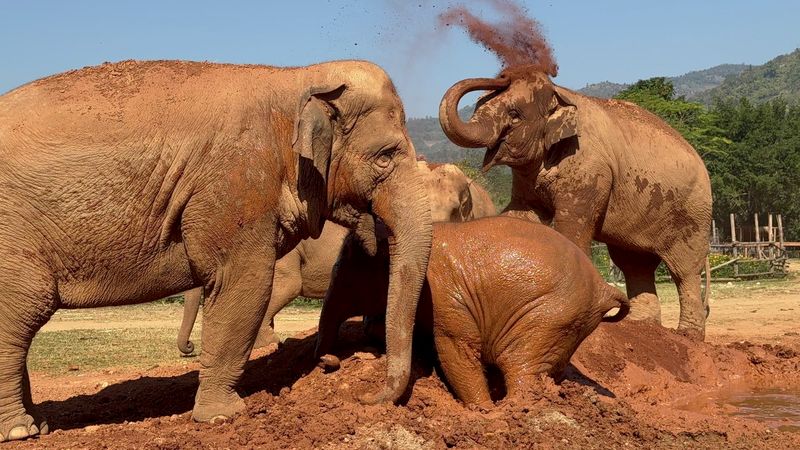
Through their daily activities, elephants enrich the soil. As they move, their massive bodies disturb the ground, turning the soil and enhancing its nutrient content. This soil aeration promotes healthier plant growth, increasing the land’s fertility. Additionally, their dung acts as a natural fertilizer, enriching the earth with essential nutrients. Did you know? Elephants can deposit up to 100 kilograms of dung daily, significantly contributing to soil health. Their role in soil enrichment is vital for maintaining productive landscapes, supporting diverse plant and animal communities.
Climate Regulators
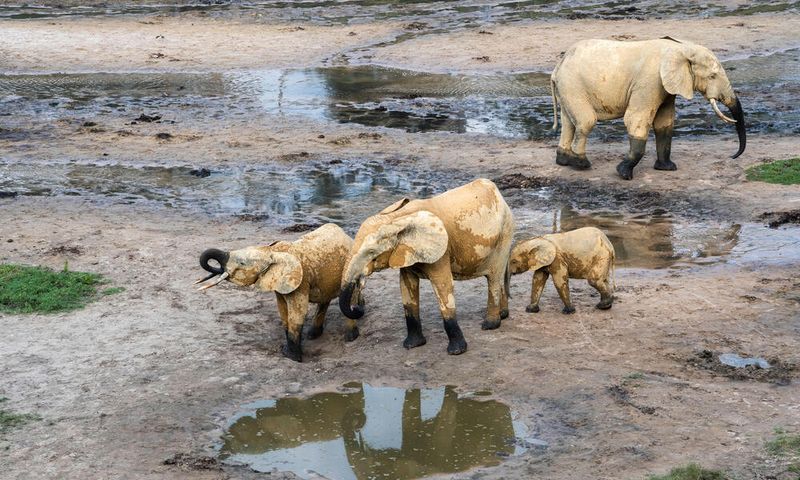
In their habitats, elephants contribute to climate regulation. By controlling vegetation density through feeding, they affect the carbon cycle. Their actions influence the amount of carbon stored in plant biomass, impacting climate dynamics. Furthermore, by promoting diverse plant growth, elephants aid in carbon sequestration. This balance helps mitigate climate change effects. Interestingly, forests with elephants store more carbon due to the diverse plant life they encourage. Elephants’ interactions with vegetation are crucial for maintaining climate stability, highlighting their role as natural climate regulators in their ecosystems.
Cultural Icons
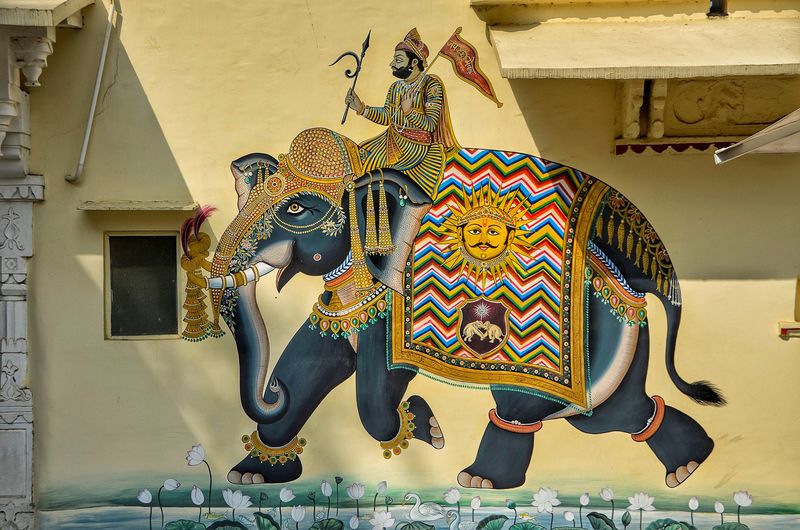
Elephants have long been cultural icons, revered in many societies. Their presence in rituals and festivals reflects their deep-rooted significance in human culture. In places like India and Thailand, elephants are symbols of wisdom and strength, playing key roles in ceremonies. Their majestic image inspires art and folklore, capturing human imagination. Remarkably, elephants are even associated with good fortune and prosperity. By connecting people to nature, elephants bridge cultural traditions and natural heritage. They are not just part of the ecosystem but also integral to cultural identity and history.
Conservation Ambassadors
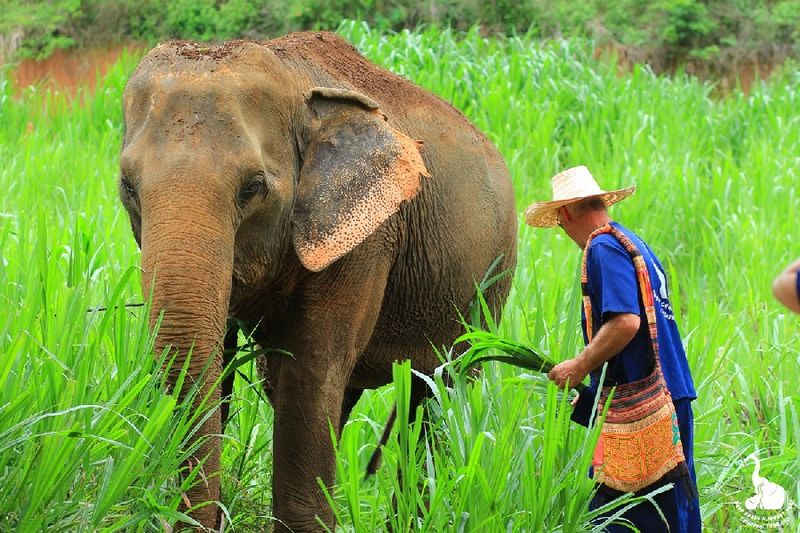
Elephants stand as powerful ambassadors for conservation efforts worldwide. Their plight draws attention to broader ecological issues, rallying support for wildlife protection. Conservation programs focus on securing habitats and preventing poaching, crucial for their survival. Did you know? Elephants are often dubbed ‘umbrella species’ because protecting them also safeguards countless other animals sharing their habitat. Their charisma mobilizes global efforts to preserve the planet’s biodiversity. Elephants remind us of the intrinsic value of nature, urging humanity to act as stewards of the environment.

